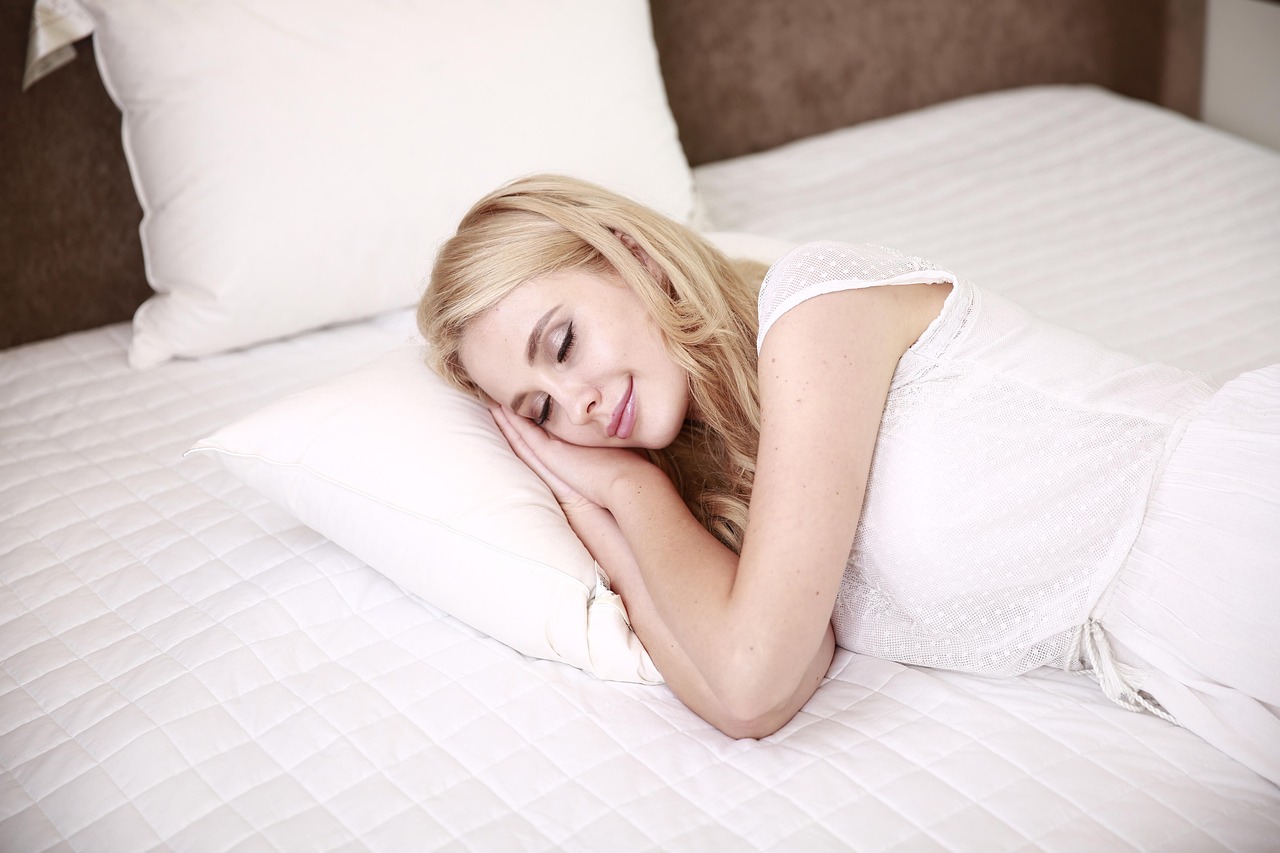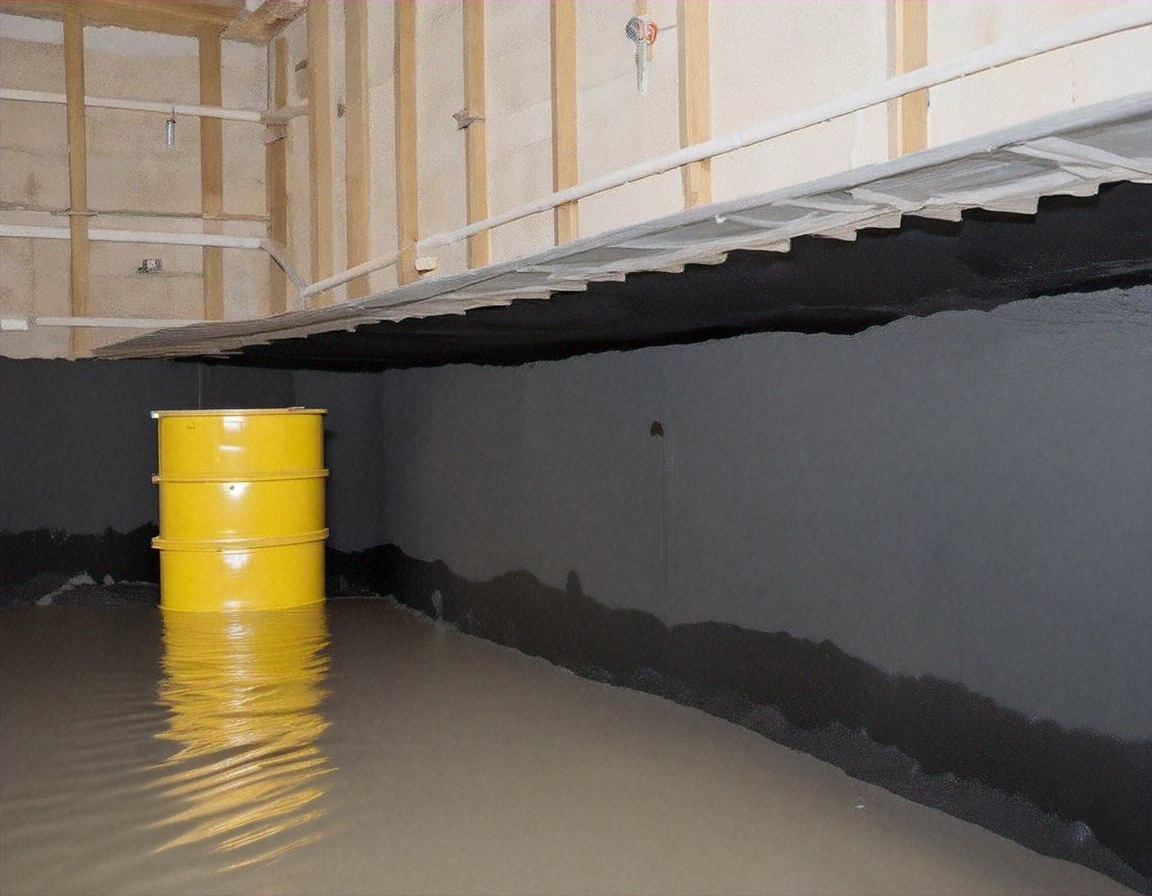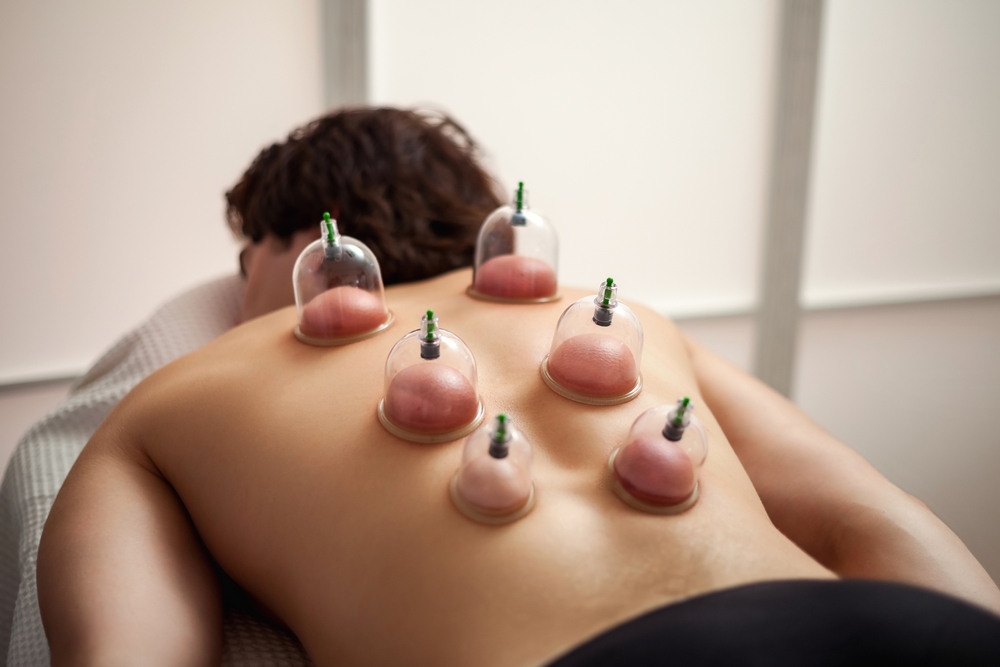The Surprising Power of Power Napping: A Wellness Trend for Beauty and Fitness
In our fast-paced, high-stress society, a growing trend is redefining our perception of rest and recovery. Power napping, a short, restful sleep that does not exceed 30 minutes, is increasingly embraced by professionals, athletes, and wellness enthusiasts alike. This trend is a testament to the age-old adage: "sometimes, less is more."

The Rise of Power Napping: A Historical Overview
The concept of a short restorative sleep is not new. Many cultures have a tradition of afternoon siestas or short breaks designed to rejuvenate the body and mind. However, the term ‘power nap’ was coined in the late 20th century with the advent of sleep science. Researchers discovered the benefits of short naps, especially for productivity and cognitive function.
Current Trends in Power Napping: Backed by Expert Analysis
Today, power napping is no longer just a productivity tool for busy professionals. It has entered the realms of beauty and fitness, supported by a growing body of research. Studies have shown that power naps can improve athletic performance by aiding muscle recovery and enhancing cognitive function. In the beauty industry, the link between sleep and skin health is well-established. Short naps are believed to boost skin rejuvenation, leading to a brighter complexion and reduced signs of aging.
Power Nap Benefits: Market Relevance and Industry Impact
Power napping has significant market relevance, particularly in the health and wellness industry. Several companies now offer power nap pods or dedicated nap rooms, recognizing the potential health benefits for employees. In the fitness industry, coaches and trainers often recommend power naps as part of a holistic training regimen. Likewise, beauty brands and skincare professionals are starting to promote the benefits of power napping for skin health and anti-aging.
Evidence-Based Claims and Recommendations
Several studies support the benefits of power napping. A 2019 study published in the Journal of Sleep Research found that a short nap could improve alertness and cognitive performance. Similarly, a 2018 study in the British Journal of Sports Medicine reported that power naps could enhance athletic performance.
For optimal benefits, experts recommend keeping power naps under 30 minutes to avoid entering deep sleep stages, which could lead to grogginess. The ideal time for a power nap is in the afternoon, around 2-3 pm, when most people naturally experience a dip in alertness.
Accessible and Practical Tips for Power Napping
Power napping might sound simple, but it requires some practice and a conducive environment. Here are some tips to get started:
- Keep it short: Aim for 10-20 minutes to avoid grogginess.
- Find a quiet, dimly lit space: This helps signal to your body that it’s time to rest.
- Use a sleep mask or earplugs: These can block out light and noise.
- Set an alarm: This ensures you don’t oversleep and disrupt your nighttime sleep.
As our understanding of wellness continues to evolve, power napping stands out as a simple, yet powerful tool for beauty and fitness. By incorporating short, restful breaks into our daily routine, we can enhance our performance, boost our health, and perhaps, find a moment of serenity in our bustling lives.




